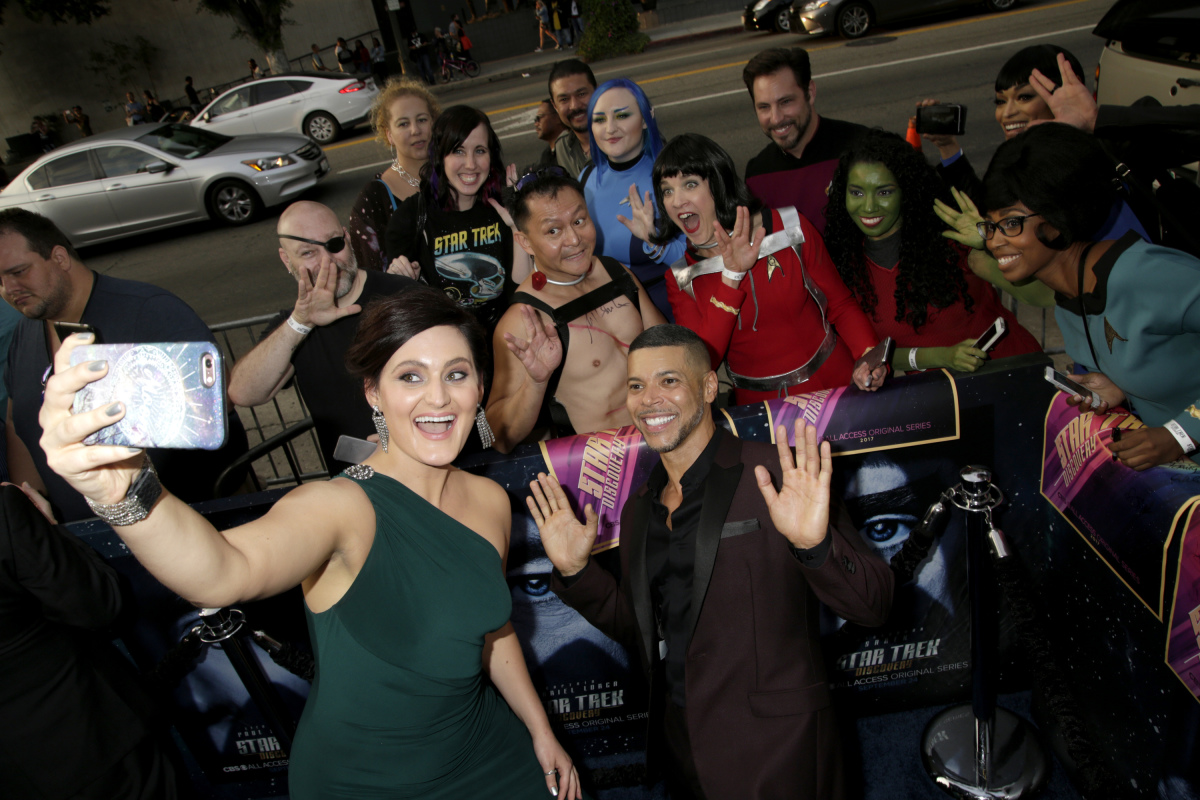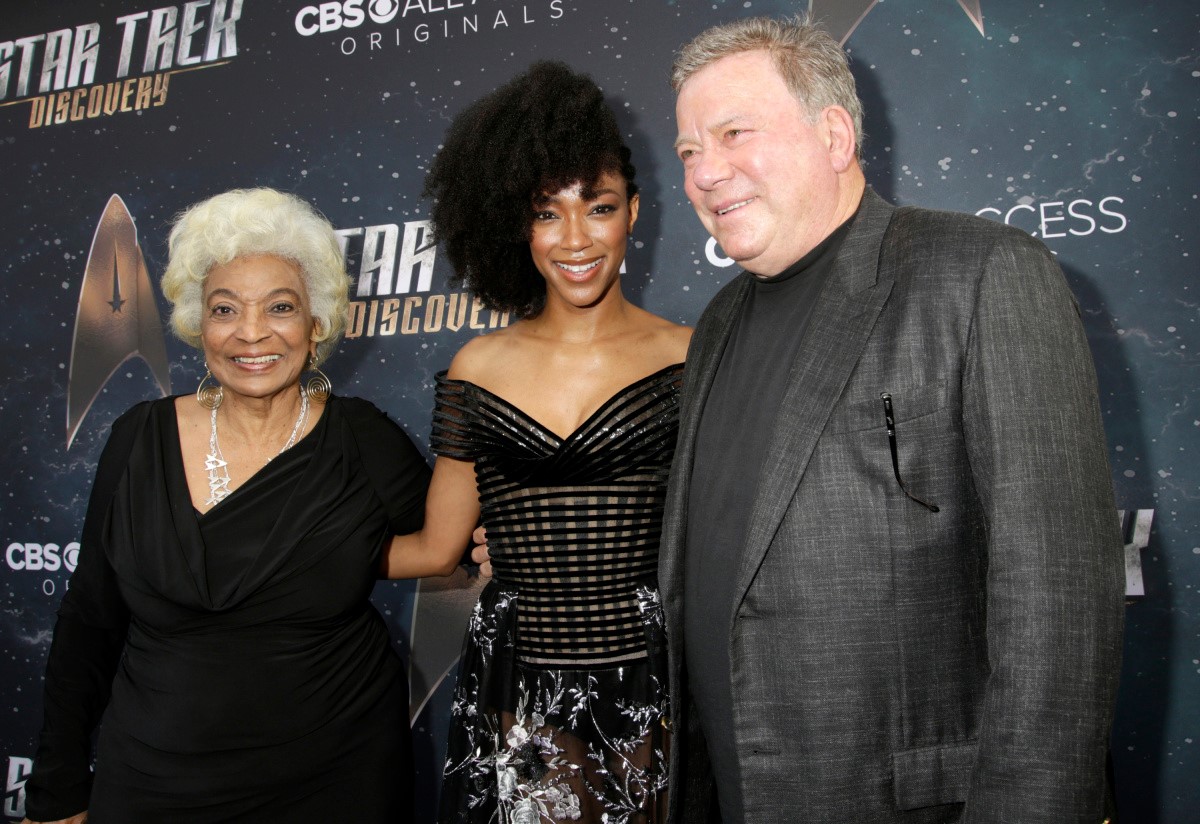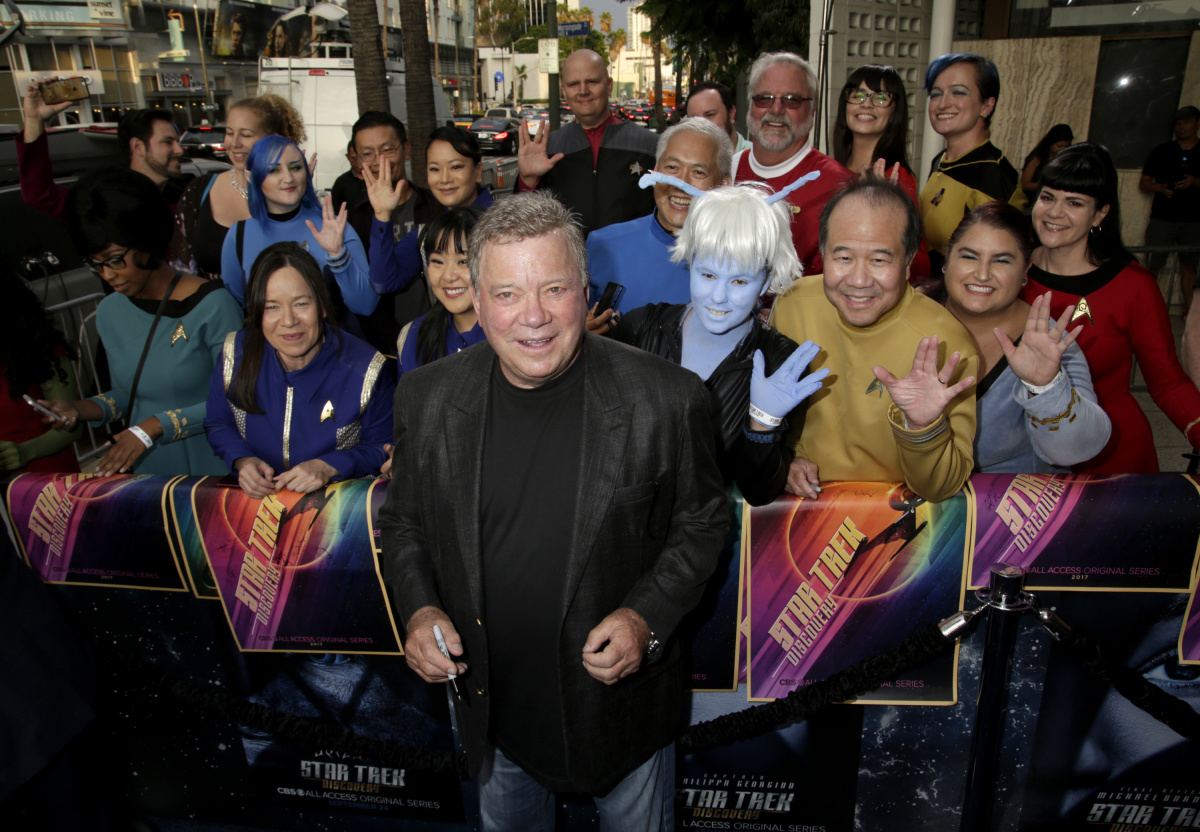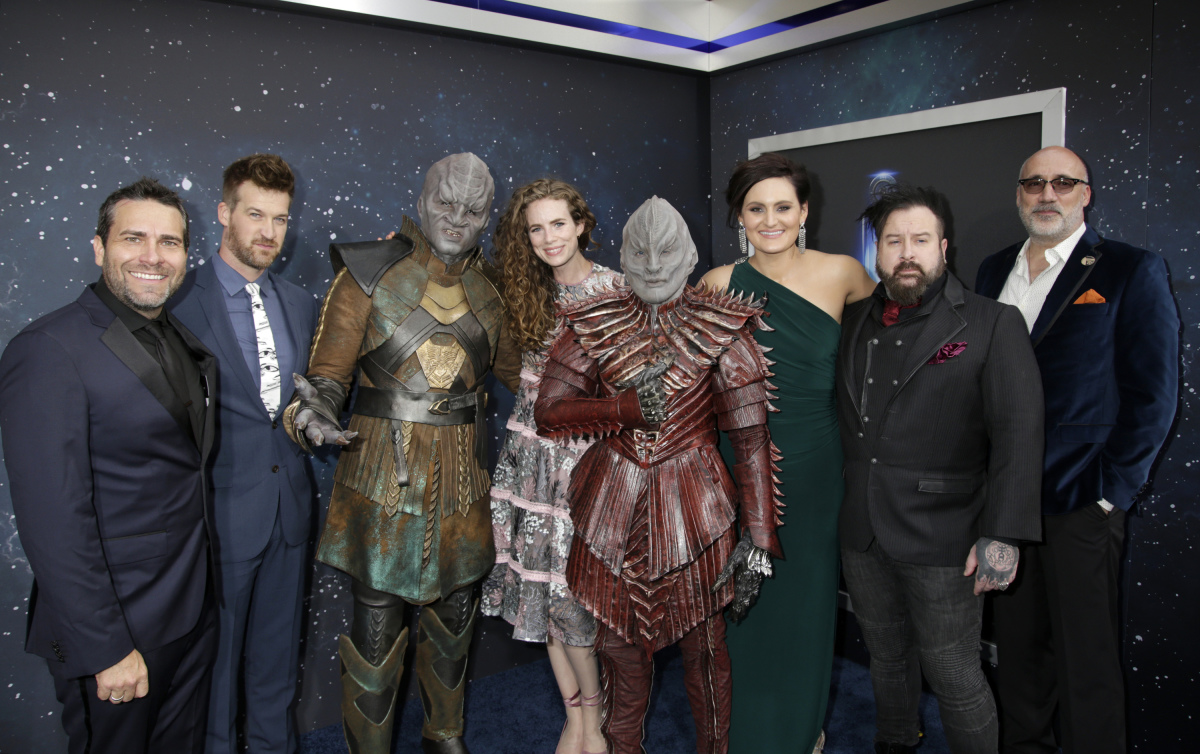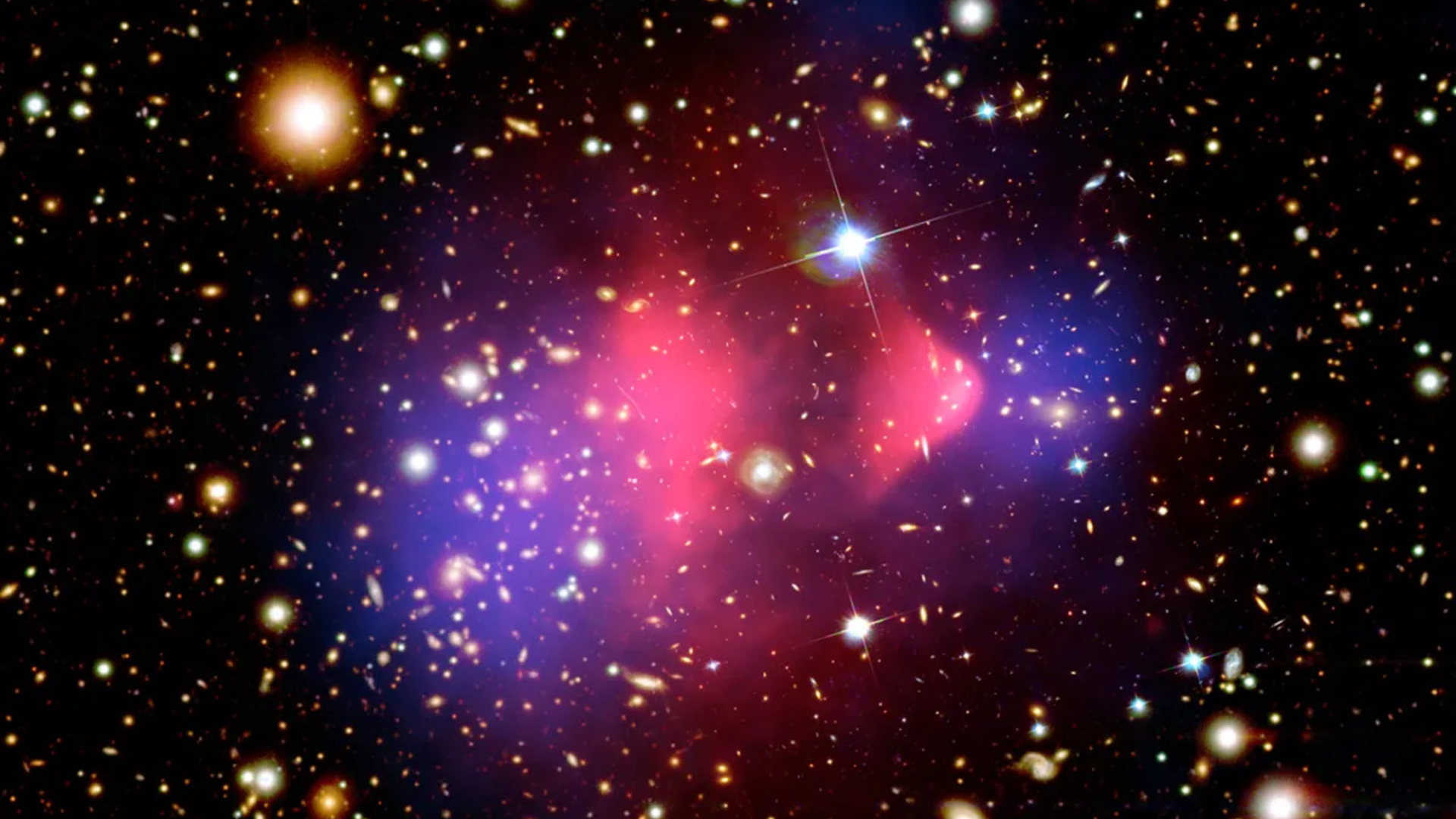'Star Trek: Discovery' Premiere Unites Starship Casts Both New and Old
LOS ANGELES — The much-anticipated TV series "Star Trek: Discovery" premiered here last night (Sept. 19), ahead of its public debut this Sunday (Sept. 24). The event brought together the stars and creators of the new series, as well as many people who worked on previous "Star Trek" series.
"Star Trek: Discovery" is the sixth live-action "Star Trek" TV series and the first to air in over a decade. ("Star Trek: Enterprise" ran new episodes until 2005.) The new show's story takes place before the events of the original "Star Trek" series, which debuted in 1966 and portrayed a vision of humanity's future in the 23rd century.
Both William Shatner, who starred in the original "Star Trek" series as Capt. James T. Kirk, and his co-star Nichelle Nichols, who played Lt. Nyota Uhura, attended the event. The cast of the new series posed for a picture with the two legendary Trek actors. Nichols exchanged a few words with Sonequa Martin-Green, who plays the lead character in "Discovery." Martin-Green told Space.com that Nichols said to her, "Enjoy this moment. This is yours now." [In Photos: 'Star Trek: Discovery' Premiere Hits Hollywood at Warp Speed]
Robert Picardo, who played The Doctor in "Star Trek: Voyager" (which ran from 1995 to 2001), told Space.com that becoming an actor in the "Star Trek" universe is "like catching a ride on a bus that's going 80 miles per hour" because it is initially jarring to join a franchise with such a rich and well-loved legacy but the experience is ultimately very exciting.
Along with members of the media, the stars and creators of the show were greeted by a line of fans wearing costumes from many of the franchise's iterations. The majority of fans wore costumes modeled after the uniforms worn in the original "Star Trek" series, while others got more creative and came decked-out as classic Trek aliens, including Klingons, Andolians and more.
Like the five previous "Star Trek" TV series, "Discovery" follows the adventures of Starfleet, an exploratory and peace-keeping organization formed by The United Federation of Planets, an interstellar republic. The show focuses on Martin-Green's character, First Officer Michael Burnham. At the premiere, CBS debuted the first two episodes of the series. The first episode will air on CBS, but subsequent episodes will be released exclusively via CBS All Access, the network's online streaming platform.
When asked about why the "Star Trek" universe has survived so long, many of the people involved with the show (more than a few of whom are long-time Trek fans) told Space.com that it was because the series portrayed a hopeful vision of the future, which is something people need at any point in time. Many people also said "Star Trek" offers a united, rather than divided, vision of humanity — an appealing concept to modern audiences amid current political and cultural divisions in the United States.
Breaking space news, the latest updates on rocket launches, skywatching events and more!
Follow Calla Cofield @callacofield. Follow us @Spacedotcom, Facebook and Google+. Original article on Space.com.
Join our Space Forums to keep talking space on the latest missions, night sky and more! And if you have a news tip, correction or comment, let us know at: community@space.com.

Calla Cofield joined Space.com's crew in October 2014. She enjoys writing about black holes, exploding stars, ripples in space-time, science in comic books, and all the mysteries of the cosmos. Prior to joining Space.com Calla worked as a freelance writer, with her work appearing in APS News, Symmetry magazine, Scientific American, Nature News, Physics World, and others. From 2010 to 2014 she was a producer for The Physics Central Podcast. Previously, Calla worked at the American Museum of Natural History in New York City (hands down the best office building ever) and SLAC National Accelerator Laboratory in California. Calla studied physics at the University of Massachusetts, Amherst and is originally from Sandy, Utah. In 2018, Calla left Space.com to join NASA's Jet Propulsion Laboratory media team where she oversees astronomy, physics, exoplanets and the Cold Atom Lab mission. She has been underground at three of the largest particle accelerators in the world and would really like to know what the heck dark matter is. Contact Calla via: E-Mail – Twitter
